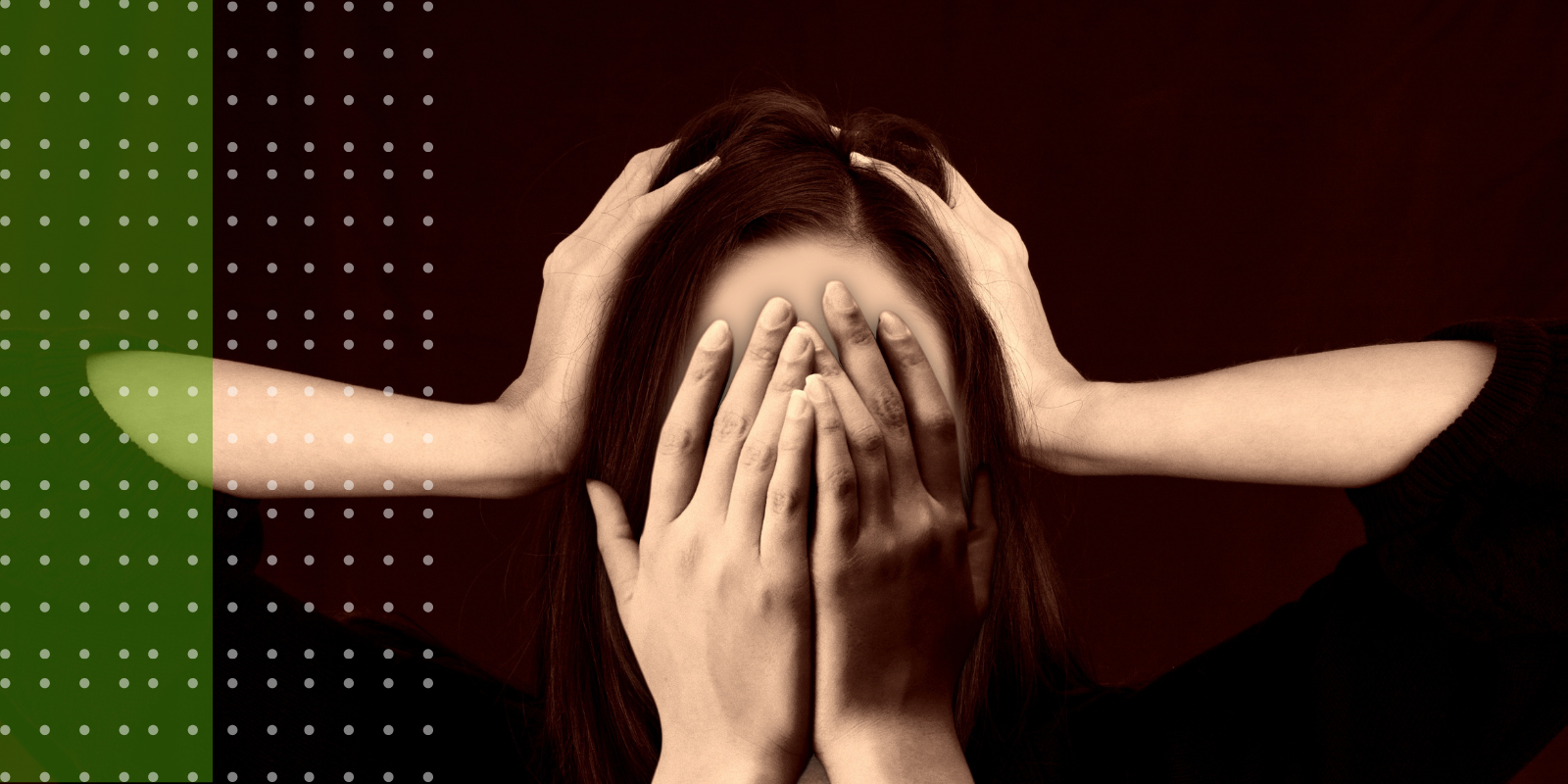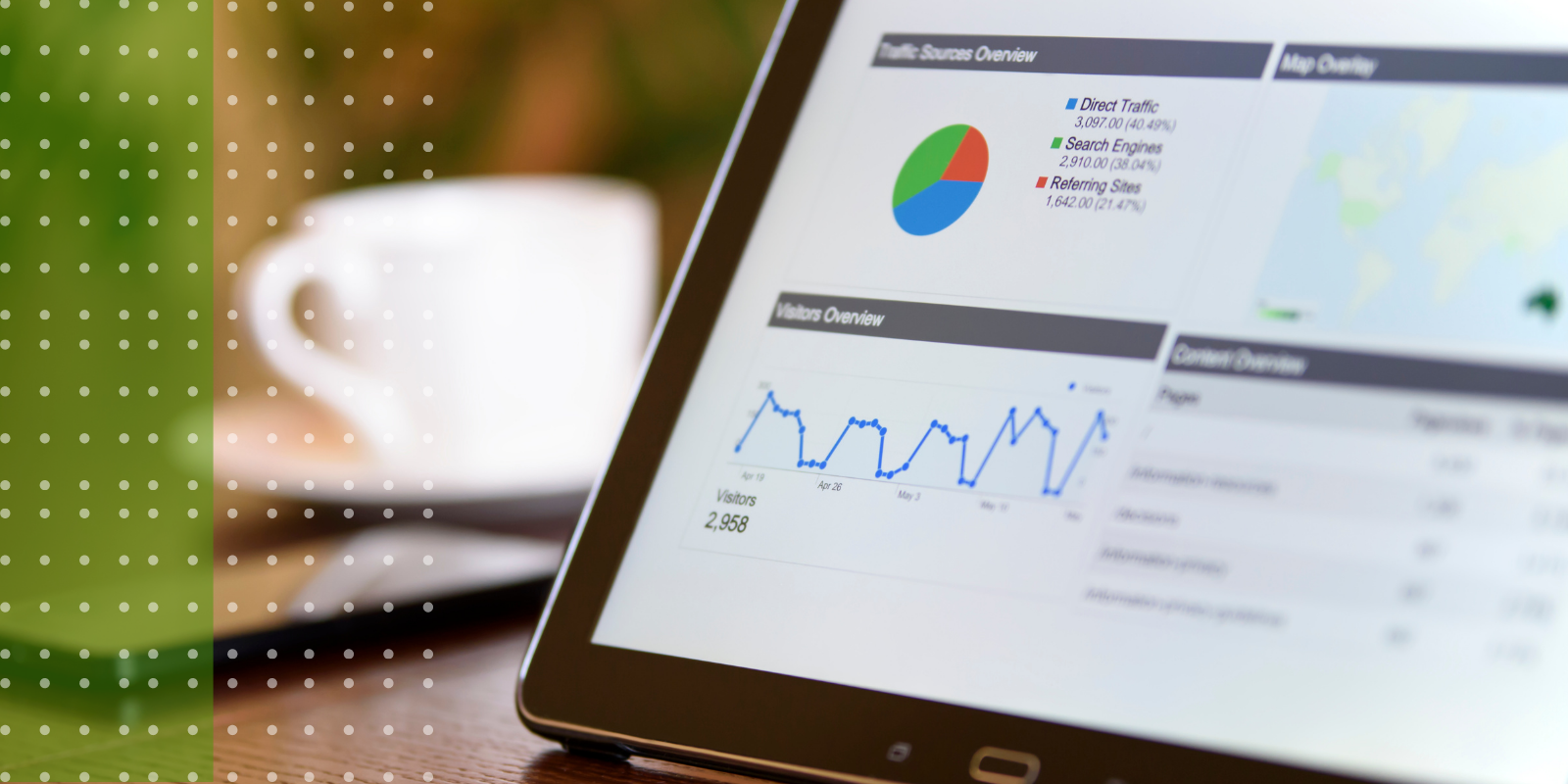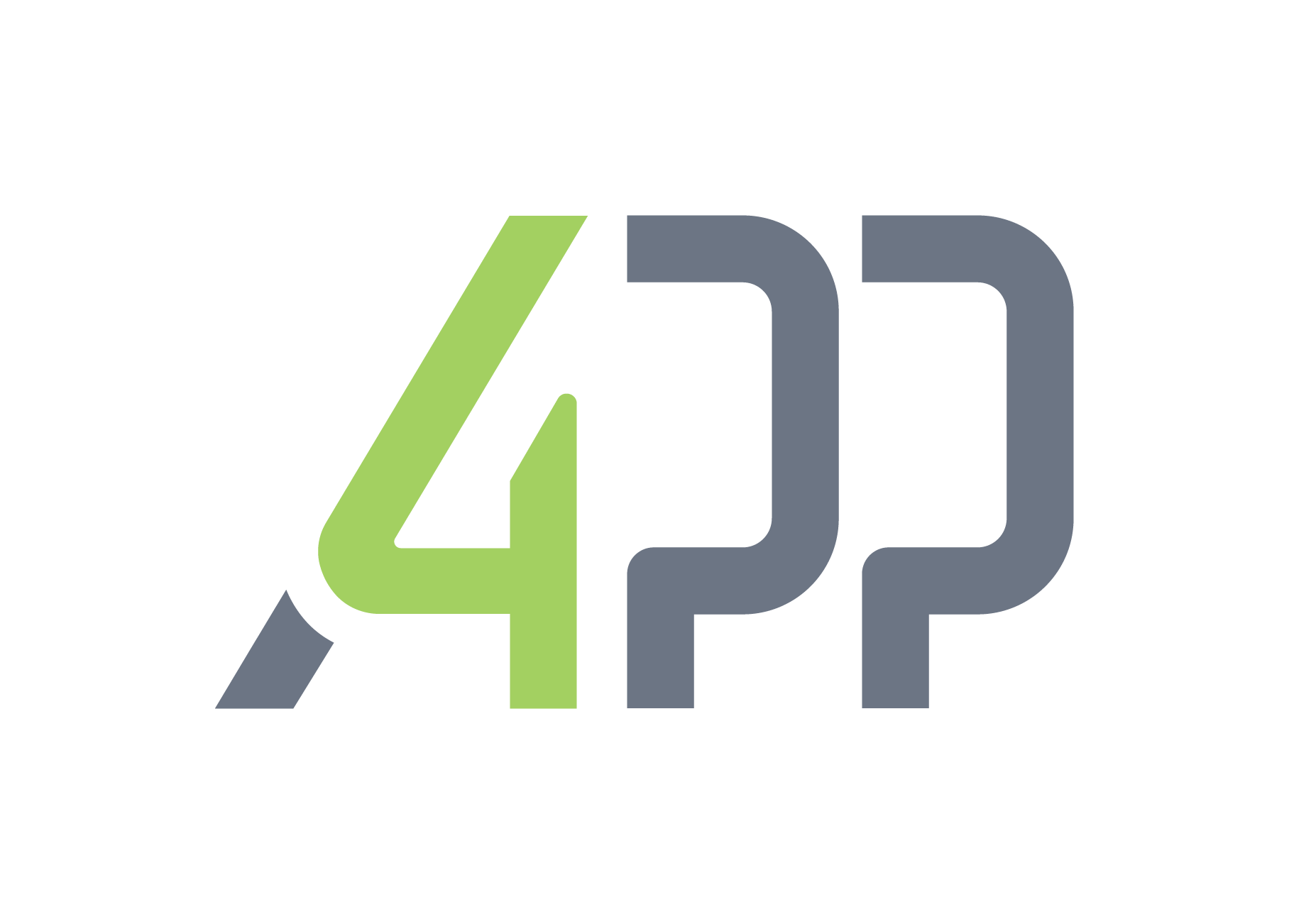How to recognize burnout and prevent it in time?
In a fast-paced world where ‘“I must do this“ is constantly on our minds, it is no wonder that the word “stress“ follows. It occurs almost as a saying, a shadow that follows us, the cause and consequence of everything that’s happening to us. We prescribe our mental and physical state to that one thing – stress. And what are the consequences when stress at work grows to levels when we can’t handle it anymore? That’s when burnout happens.

Burnout – a modern day disease
The term burnout was explained in the 70s by an American psychologist Herbert Freudenberg, as a way of describing the consequences that occur because of being overly exhausted physically and mentally. In Croatia, it is also referred to as the burnout syndrome, described in layman terms as ‘bursting at the seams’. The World Health Organization (WHO) defines burnout as a “syndrome that appears because of chronic stress in the workplace, that hasn’t been dealt with”.
If you are wondering how to know and how to recognize burnout, there are three main symptoms according to the WHO:
- A feeling of exhaustion or lack of energy
- Mentally disassociating from work and having negative feelings regarding your own career
- Decreased professional productivity
Research conducted on American workers last year has shown that around 2/3 of employees had burnout, triggered by sudden changes in the work environment, by being pressured by deadlines and tasks, and the uncertainty regarding the pandemic and the political climate. In the UK, the situation is even worse, where about half of the employees experience burnouts, and the research also shows that the chances for burnout occurring are the highest at the age of 32.

Types of burnouts
According to Dr. Maslach, there are three types of burnout syndromes: individual (high personal goals, professionalism, the inability to say ‘no’, unrealistic expectations, insecurities), interpersonal (negative relationships at work and at home, bullying, the feeling of not being accepted and appreciated at work) and an organizational burnout (too much workload, unreal deadlines, poor organization).
Burnout doesn’t just appear out of thin air, it is a consequence of being exposed to very intense pressure for a long time. And the duration of that exposure is the biggest difference between stress and burnout, the latter being the most critical one. If sometimes you feel nervous because of a work task or mentally drained at the end of a week, then it’s stress. However, if you have reached a level where you don’t want to, you can’t or you don’t care about going to work because you “simply don’t care about anything”, then it’s burnout.
How to recognize a burnout?
Calmer, an organization that does mental health coaching and preventing burnouts in the UK, says that there are 5 stages of burnout syndrome that will help you in recognizing it and realize where you’re at currently.
The first phase looks like a ‘honeymoon’ and it includes optimism, ambition, and energy towards working on something new or towards a work task. In this phase, we surrender ourselves to new challenges, we feel responsible and we want to prove ourselves. This phase is usually accompanied by high levels of energy and productivity. If you establish a good mechanism, you can stay in this phase for a long time and it doesn’t have to have negative effects on your mental health.
The second phase includes losing the optimism, occurrence of stress, anxiety, avoiding responsibility, and general forgetfulness. Physical symptoms like tiredness, lack of sleep, headaches, and accelerated heart rate start to appear. All of this, of course, affects our productivity and emotional state. We become irritable and dissatisfied.
The third phase is characterized by chronic stress and the increase of the previous symptoms. We become angrier, more aggressive, and chronically tired. We get sick more often and we often deny having problems. We lose control and close inside ourselves. Procrastination with random panic attacks replace productivity, and they are often followed by consuming alcohol or too much caffeine.
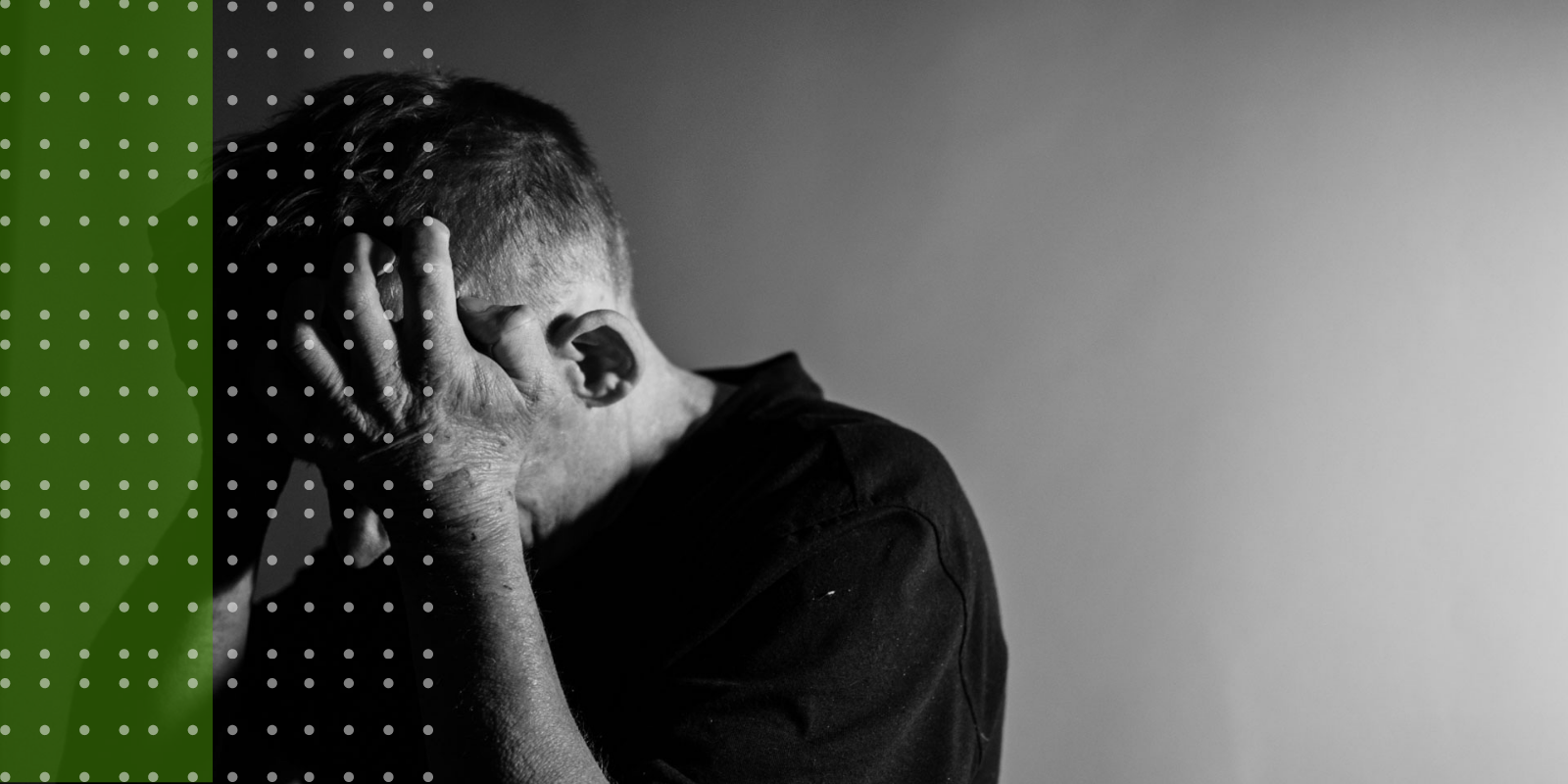
Explosion
And then we reach a real burnout where all the previous symptoms are at its peak. Escaping reality, pessimism, and the feeling of emptiness become regular in our everyday life. Feeling tired, headaches, stomach issues, and mood or behavior changes are things we don’t even notice anymore. We constantly feel trapped and we want to run from everything that surrounds us – work, family, friends, and we forget to take care of ourselves. It’s like an autopilot has taken charge of our lives and the days are becoming gloomier.
The final phase is when the burnout phase becomes an integral part of our lives and ourselves. We are completely mentally, emotionally, and physically drained. We have surrendered ourselves to such a condition, to tiredness and depression. Sadness, unhappiness, and pain now seem normal to us.
Act in time!
There are strategies and ways to prevent burnouts, but only if you act in time. The most important thing is not to neglect your condition and to recognize the first signs of exhaustion. Define the stressors in your life.
Postponing rest and downtime because you are too busy is not a good tactic. When you feel you have reached a certain level of exhaustion, afford yourself to relax. Leave the work at work. Take an hour for yourself. Get some quality sleep, exercise, eat something healthy, read a book or reward yourself with something you like.
Another good strategy is to plan your day. Prioritize tasks, input them into Trello or some other program and stick to your schedule. Don’t try to do everything at once, rather do one thing at a time. Things that are not that important, you can do later. Although multitasking is considered a virtue by today’s standards, it doesn’t necessarily mean that it’s good and always efficient.
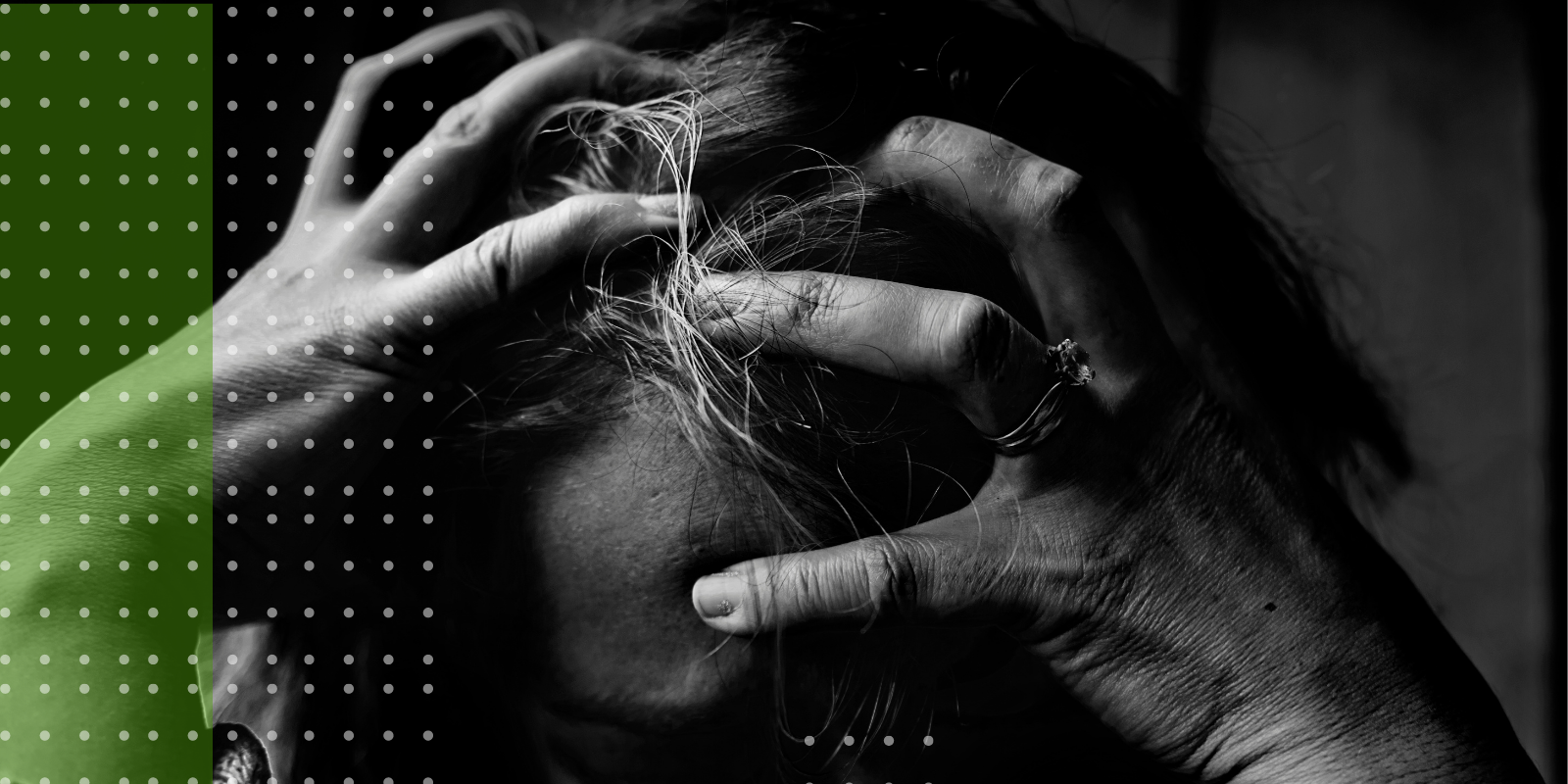
You are not alone
Also, remember that you are not the one that must do everything! There are a lot of automated digital solutions in today’s modern society that can save you time when doing tasks. Furthermore, it is very easy to reach and contact experts on the matter, outside the company that can help you in business or energy-consuming tasks. It is important to know your strengths and what you are best at and focus on that with 100% effort. Everything else, you should segment and divide the work. Get a chatbot to make communication with clients easier and to decrease the number of emails. Find apps that help you calculate travel expenses. Hire a marketing agency for advertising, accounting for finances, or an IT company for everyday challenges with software problems.
Think about the ‘journey’, not only the end goal. It is good to have a well-defined plan and a goal, but it is also important to stay focused on the present. Think about every day and of how much you have learned, how productive you were and how much you’ve progressed. Consider the effectiveness of your work, not just the speed of doing it. You will have achieved more in two hours of calm and productive work, than eight hours of anxiously starring at the screen.
Stay strong
Toughen up! Learn to say no and stand up for yourself. You don’t have to envy everyone, and everyone will not always like you. Having self-respect and confidence is important for having a successful career. As it is in the business world, so is in other segments of life. That brings us to a familiar question – if you don’t love yourself, how will anybody else love you?
There are various portals, self-help books, and workshops that can help you restore faith in yourself. Start working on yourself and prevent burnout. Surround yourself with good people that you love and that love you. Find colleagues and business partners you can rely on. But also find time to relax and enjoy the small things in life. Life is too short and so wonderful to live through it is stressful and nervous every day, isn’t it?


